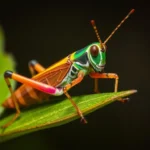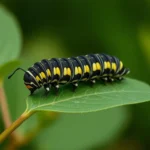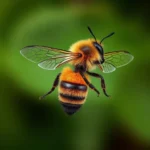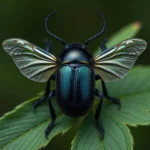The Tsetse Fly: An Exploration of Its Symbolism and Spiritual Significance
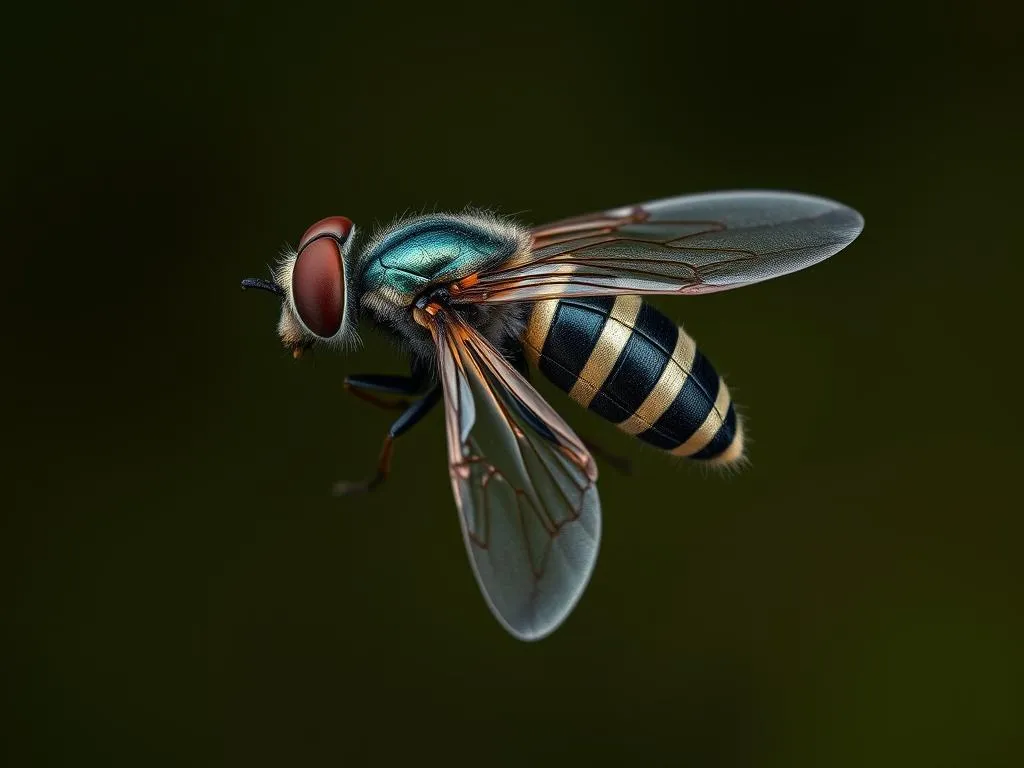
Disclaimer: Some images on this website are AI-generated artworks and may not accurately represent real animals.
The tsetse fly is more than just a pesky insect; it holds a multifaceted role in both ecological and cultural contexts. This blog post delves into the symbolism and meaning of the tsetse fly, exploring its significance in nature, culture, spirituality, and even dreams.
Understanding the Tsetse Fly
Biological Overview
The tsetse fly belongs to the genus Glossina, which includes over 30 species. Primarily found in sub-Saharan Africa, these flies thrive in humid environments, particularly near rivers and lakes. They are known for their distinctive large size, long legs, and characteristic brownish color.
| Physical Characteristics | Details |
|---|---|
| Size | 6-14 mm |
| Color | Brown to gray |
| Lifespan | 1-3 months |
| Habitat | Humid savannas and forests |
In terms of their ecological role, tsetse flies are significant for their involvement in the life cycle of the trypanosome parasite, which causes sleeping sickness in humans and Nagana disease in livestock. This relationship illustrates the balance of nature, as the tsetse fly acts as both a vector and a vital part of the ecosystem.
Cultural Context
Historically, the tsetse fly has had a profound impact on African societies. Folklore and myths often depict the fly as a harbinger of illness, making it a potent symbol of danger. In various cultures, tales have emerged that illustrate the consequences of ignoring the presence of these insects.
In some African traditions, the tsetse fly represents a warning sign, reflecting the need for awareness and vigilance in daily life. These narratives reinforce the idea that understanding the tsetse fly is essential not only for biological reasons but also for cultural and spiritual reasons.
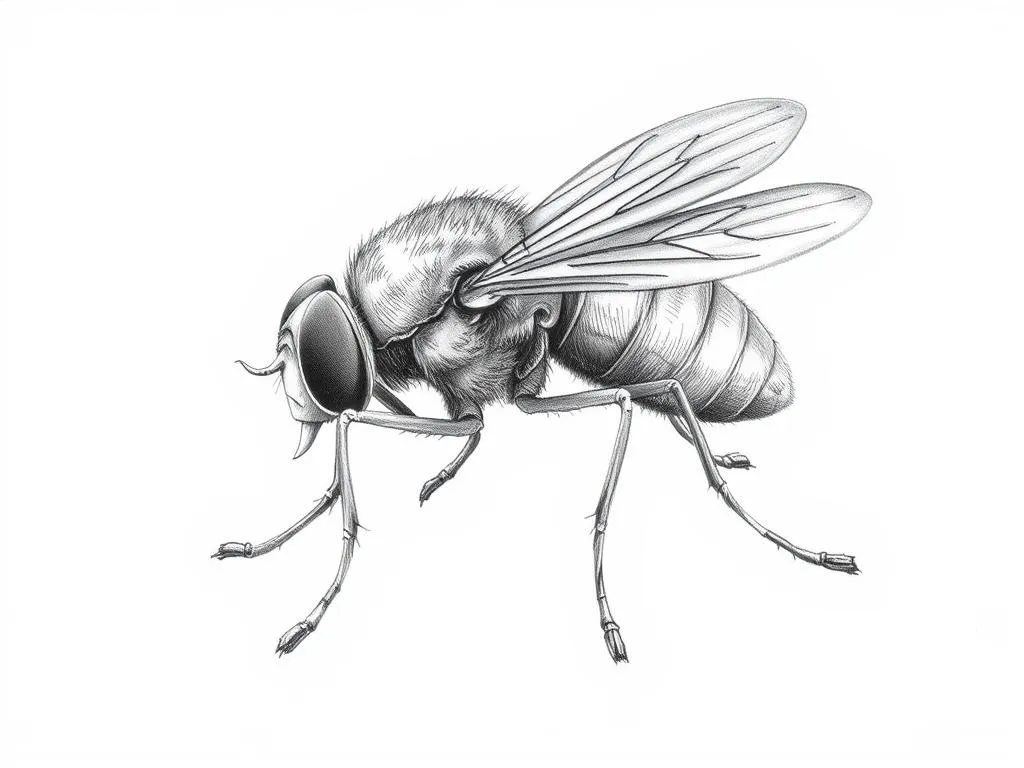
Symbolism & Spiritual Meaning
Transformation and Adaptation
The tsetse fly embodies the theme of transformation and adaptation. Thriving in harsh environments, the fly symbolizes resilience. Its ability to survive and adapt serves as an inspiring metaphor for personal growth and change. Just as the tsetse fly navigates through the challenges of its ecosystem, individuals can draw strength from its example.
In moments of adversity, the tsetse fly’s symbolic meaning encourages us to persevere and embrace the opportunities for transformation that life presents. The ability to adapt is not just a survival mechanism; it is also a pathway to personal evolution.
Health and Awareness
A more sobering aspect of the tsetse fly’s symbolism is its association with health and awareness. The fly is notorious for being a vector for diseases such as sleeping sickness, which poses significant health risks to humans and livestock. This connection emphasizes the importance of vigilance and caution in our lives.
The symbolism here serves as a reminder to remain aware of our surroundings and the potential dangers that lurk, often unnoticed. It calls for a proactive approach in safeguarding our health and well-being.
Balance of Nature
In ecological terms, the tsetse fly plays a crucial role in the food chain, contributing to the balance of nature. Although often viewed negatively, tsetse flies are essential for various animal populations, including predators that rely on them for sustenance.
This balance highlights the interconnectedness of all living beings. The tsetse fly’s role serves as a reminder of the importance of ecological harmony. Understanding its place in the ecosystem encourages us to appreciate the delicate interrelations within our environment.
The Tsetse Fly in Dreams
Common Interpretations
The presence of a tsetse fly in dreams can evoke a variety of feelings and interpretations. Often, it symbolizes fear and anxiety, representing feelings of being pursued or trapped. The unsettling nature of the fly can reflect underlying stressors in one’s life.
| Dream Symbols | Interpretation |
|---|---|
| Tsetse fly | Fear, anxiety, feeling trapped |
| Swarming flies | Overwhelming emotions or situations |
| Fly buzzing | Annoyances or distractions in life |
Positive Connotations
On a more positive note, the tsetse fly can also symbolize awakening to new challenges. While it may represent obstacles, it can also signify the potential for overcoming them. Just as the fly adapts and thrives, those who encounter it in dreams may find themselves on the brink of personal growth and transformation.
In this context, the tsetse fly serves as a reminder that apparent challenges can lead to new opportunities. Embracing these challenges can lead to significant personal achievements and resilience.
Modern Interpretations
Symbolism in Art and Literature
In contemporary works, the tsetse fly has found its way into various forms of art and literature. Artists and writers use it as a symbol of societal issues, often reflecting on themes of disease, fear, and resilience. The fly’s presence in these works underscores the multifaceted nature of its symbolism, allowing for deep exploration of human experiences.
Environmental Awareness
The tsetse fly also plays a role in modern discussions about environmental awareness and biodiversity. Advocacy for the preservation of ecosystems often references the tsetse fly as a key species. Highlighting its role in ecological balance encourages a broader understanding of the interconnectedness of all living organisms.
This modern interpretation calls for a commitment to protecting biodiversity and recognizing the importance of every species, even those that may seem insignificant or troublesome at first glance. The tsetse fly’s symbolic meaning extends beyond its immediate context, urging us to consider the larger implications of our environmental choices.
Key Takeaways
- The tsetse fly is a complex symbol, representing both danger and resilience.
- Its historical significance in African culture reinforces the need for awareness and vigilance.
- The fly symbolizes transformation, urging personal growth and adaptation.
- Understanding its ecological role highlights the balance of nature and interconnectedness of life.
- The presence of the tsetse fly in dreams reflects both challenges and opportunities for growth.
Conclusion
The tsetse fly serves as a powerful symbol of danger, resilience, and transformation. Its dual nature invites reflection on both the challenges and opportunities that exist within our lives. By understanding the broader implications of its symbolism, we can appreciate the role that this insect plays not only in nature but also in our personal journeys.
Exploring the connections between insects like the tsetse fly and our own experiences can deepen our understanding of the world around us. As we continue to navigate life’s complexities, we may find inspiration in the resilience and adaptability embodied by the tsetse fly, reminding us that transformation often emerges from even the most challenging circumstances.
